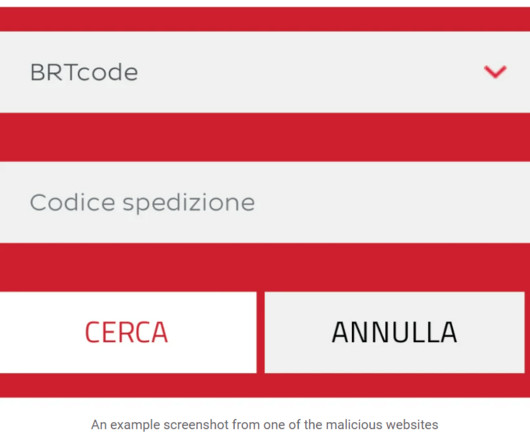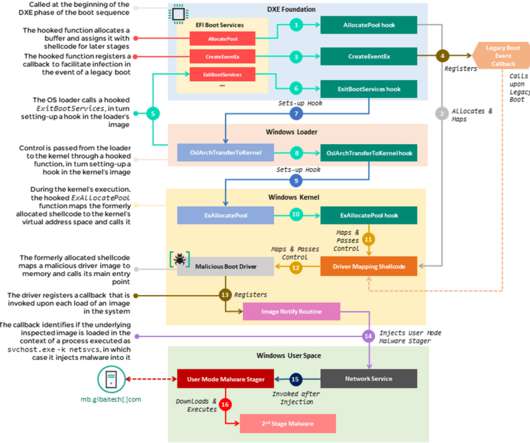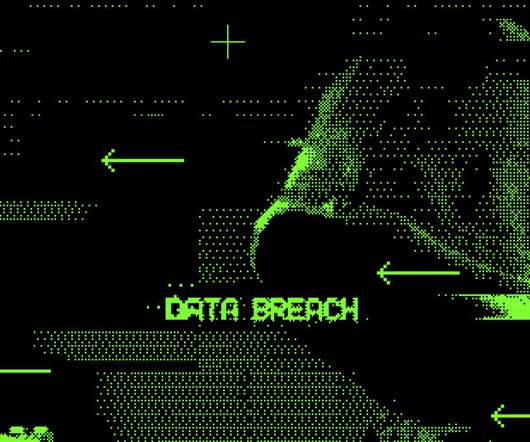Google TAG shares details about exploit chains used to install commercial spyware
Security Affairs
MARCH 29, 2023
Google’s Threat Analysis Group (TAG) discovered several exploit chains targeting Android, iOS, and Chrome to install commercial spyware. The exploit chains were used to install commercial spyware and malicious apps on targets’ devices. The experts pointed out that both campaigns were limited and highly targeted.












Let's personalize your content